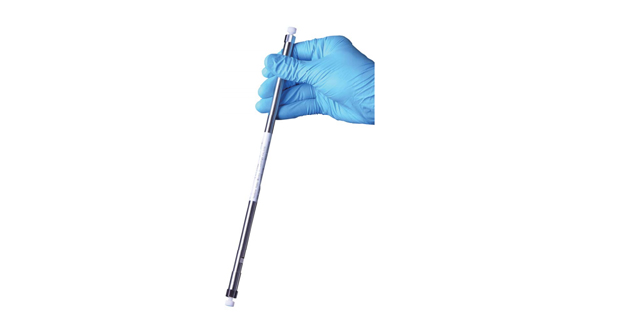
Sugar columns, as the name suggests, are analytical columns which used to separate sugar. In addition to the well-known role of energy supply, sugar can also be used as a parent, and it plays an important role in industry, especially in the field of biopharmaceuticals. With the development of industry, the ratio of the components in the mixed sugar and the purity of the single sugar in industrial production are getting higher and higher, in order to meet the requirement of preparation and analysis of sugar substances in food aand beverage as well as pharmaceutical industries (such as starch, cellulose, glycogen, pentose, galactose, fiber tang, glucose, mannitol, acetic acid), monosaccharides, glycosylation proteins, etc. Chromatographic techniques are increasingly used for the separation, purification and detection of sugars.
Since the development of chromatographic technology, more and more types of chromatographic columns are used to analyze sugar. Currently, the most commonly used saccharide analysis columns are polymer matrix sulfonation columns and amino silica columns. For polymer sulfonation columns, there are sulfonated hydrogen type(H type), sulfonated calcium type (Ca type), sodium sulfonate type (such as Na type), etc. EPRUI Biotech develops a series of size controllable sugar analysis resins.
It is a kind of cationic exchange chromatography media which is prepared by sulfonating PS/DVB microspheres to make it hydrophilic following by chelating of various ions such as hydrogen(H+),calcium (Ca2+) and sodium (Na+).
How should we choose sugar analysis column?
1. Ca column
Calcium columns are the preferred column for general sweetener analysis. It has been optimized for the analysis of monosaccharides and provides separation of disaccharides, trisaccharides and tetrasaccharides. The 300 x 7.8 mm column is primarily used to quantify glucose and fructose in high fructose corn syrup, as well as routine analysis of monosaccharides. The 250 x 4.0 mm column is suitable for sugar alcohol separation.
2. H column
Hydrogen-type columns are used for the analysis of carbohydrates in solutions containing carboxylic acids, volatile fatty acids, short-chain fatty acids, alcohols, ketones, and many neutral metabolic by-products. Most commonly used for organic acid analysis, this column can also be used for fermentation monitoring, biological fluid analysis, and acetyl glucosamine separation.s
3. Pb column
Lead-type columns are specifically designed to separate cellulose-derived monosaccharides. It is used to analyze pentose and hexose in wood products, especially cellobiose, glucose, xylose, galactose, arabinose and mannose. It also provides a good distinction between sucrose, lactose and fructose in dairy products.
4. Na column
Sodium columns have been optimized for sugar analysis in samples containing high concentrations of salts such as beet sugar. It is compatible with the salt, so the sample does not need to be desalted prior to analysis.
5. K column
Potassium columns have been optimized for monosaccharide, disaccharide, and trisaccharide analysis in samples such as corn syrup and brewed wort. It is a good separation of glucose, maltose and maltotriose.
6. Ag column
The silver column provides fast, high resolution oligosaccharide analysis. It separates the oligosaccharide (Dp-11) in approximately 25 minutes.
7. NH column
The amino column is generally used for separating various monosaccharides, and it is not suitable to separate an aldehyde group, a carbonyl compound, a reducing sugar, and can be used for separating non-reducing sugars
